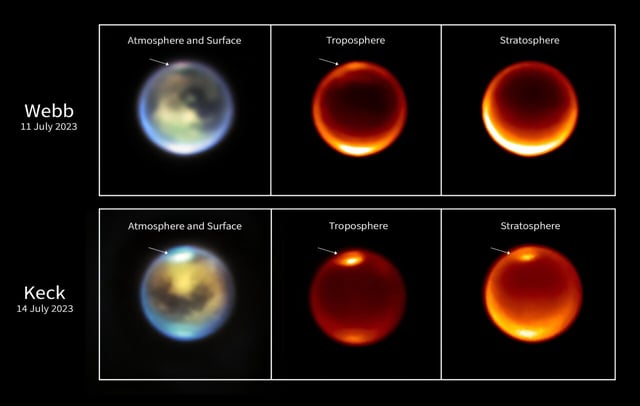Overview
- For the first time, cloud convection has been observed in Titan's northern hemisphere, where most of its methane lakes and seas are located.
- The James Webb Space Telescope provided a definitive detection of the methyl radical CH₃, highlighting active organic chemistry in Titan's atmosphere.
- Titan's methane cycle, analogous to Earth's water cycle, involves evaporation, condensation, and occasional methane rainfall replenishing its surface lakes.
- The moon's troposphere extends to 45 kilometers due to its low gravity, with observations showing clouds rising to higher altitudes during the northern summer.
- Scientists are planning further studies after Titan’s May 2025 equinox to monitor seasonal changes and assess the sustainability of its methane reserves.
